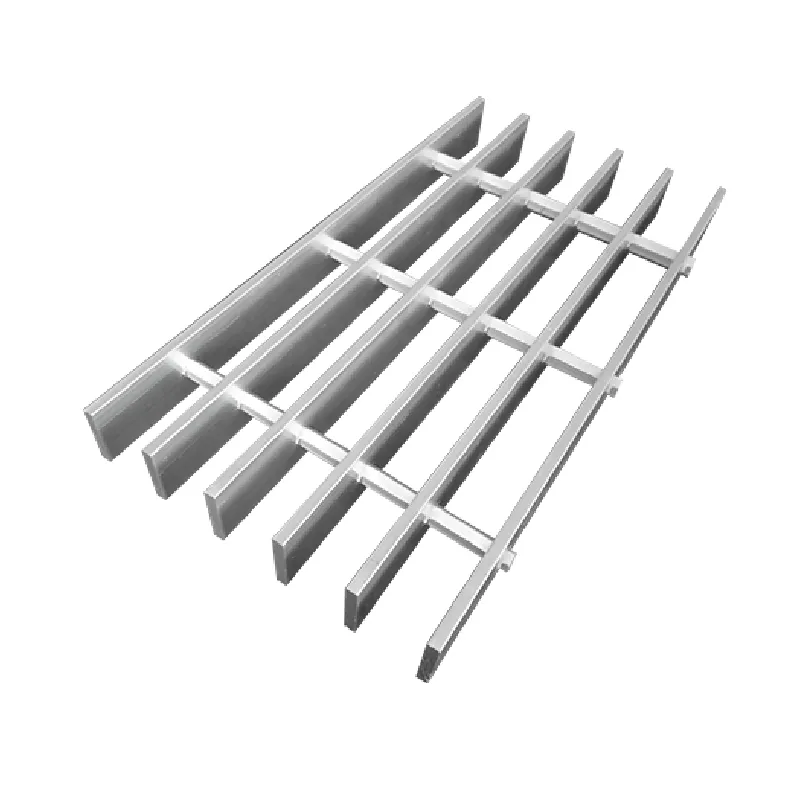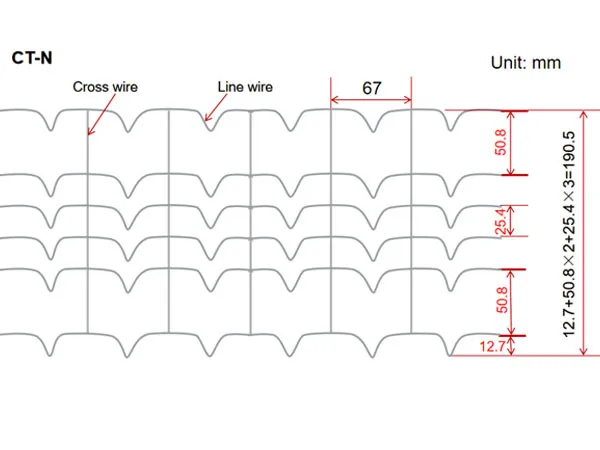- Industrial zone, South of Anping Town, Hengshui, Hebei, China.
- sales@hfpetromesh.com
- +86-18931809706
 Afrikaans
Afrikaans  Albanian
Albanian  Amharic
Amharic  Arabic
Arabic  Armenian
Armenian  Azerbaijani
Azerbaijani  Basque
Basque  Belarusian
Belarusian  Bengali
Bengali  Bosnian
Bosnian  Bulgarian
Bulgarian  Catalan
Catalan  Cebuano
Cebuano  Corsican
Corsican  Croatian
Croatian  Czech
Czech  Danish
Danish  Dutch
Dutch  English
English  Esperanto
Esperanto  Estonian
Estonian  Finnish
Finnish  French
French  Frisian
Frisian  Galician
Galician  Georgian
Georgian  German
German  Greek
Greek  Gujarati
Gujarati  Haitian Creole
Haitian Creole  hausa
hausa  hawaiian
hawaiian  Hebrew
Hebrew  Hindi
Hindi  Miao
Miao  Hungarian
Hungarian  Icelandic
Icelandic  igbo
igbo  Indonesian
Indonesian  irish
irish  Italian
Italian  Japanese
Japanese  Javanese
Javanese  Kannada
Kannada  kazakh
kazakh  Khmer
Khmer  Rwandese
Rwandese  Korean
Korean  Kurdish
Kurdish  Kyrgyz
Kyrgyz  Lao
Lao  Latin
Latin  Latvian
Latvian  Lithuanian
Lithuanian  Luxembourgish
Luxembourgish  Macedonian
Macedonian  Malgashi
Malgashi  Malay
Malay  Malayalam
Malayalam  Maltese
Maltese  Maori
Maori  Marathi
Marathi  Mongolian
Mongolian  Myanmar
Myanmar  Nepali
Nepali  Norwegian
Norwegian  Norwegian
Norwegian  Occitan
Occitan  Pashto
Pashto  Persian
Persian  Polish
Polish  Portuguese
Portuguese  Punjabi
Punjabi  Romanian
Romanian  Russian
Russian  Samoan
Samoan  Scottish Gaelic
Scottish Gaelic  Serbian
Serbian  Sesotho
Sesotho  Shona
Shona  Sindhi
Sindhi  Sinhala
Sinhala  Slovak
Slovak  Slovenian
Slovenian  Somali
Somali  Spanish
Spanish  Sundanese
Sundanese  Swahili
Swahili  Swedish
Swedish  Tagalog
Tagalog  Tajik
Tajik  Tamil
Tamil  Tatar
Tatar  Telugu
Telugu  Thai
Thai  Turkish
Turkish  Turkmen
Turkmen  Ukrainian
Ukrainian  Urdu
Urdu  Uighur
Uighur  Uzbek
Uzbek  Vietnamese
Vietnamese  Welsh
Welsh  Bantu
Bantu  Yiddish
Yiddish  Yoruba
Yoruba  Zulu
Zulu
- Afrikaans
- Albanian
- Amharic
- Arabic
- Armenian
- Azerbaijani
- Basque
- Belarusian
- Bengali
- Bosnian
- Bulgarian
- Catalan
- Cebuano
- Corsican
- Croatian
- Czech
- Danish
- Dutch
- English
- Esperanto
- Estonian
- Finnish
- French
- Frisian
- Galician
- Georgian
- German
- Greek
- Gujarati
- Haitian Creole
- hausa
- hawaiian
- Hebrew
- Hindi
- Miao
- Hungarian
- Icelandic
- igbo
- Indonesian
- irish
- Italian
- Japanese
- Javanese
- Kannada
- kazakh
- Khmer
- Rwandese
- Korean
- Kurdish
- Kyrgyz
- Lao
- Latin
- Latvian
- Lithuanian
- Luxembourgish
- Macedonian
- Malgashi
- Malay
- Malayalam
- Maltese
- Maori
- Marathi
- Mongolian
- Myanmar
- Nepali
- Norwegian
- Norwegian
- Occitan
- Pashto
- Persian
- Polish
- Portuguese
- Punjabi
- Romanian
- Russian
- Samoan
- Scottish Gaelic
- Serbian
- Sesotho
- Shona
- Sindhi
- Sinhala
- Slovak
- Slovenian
- Somali
- Spanish
- Sundanese
- Swahili
- Swedish
- Tagalog
- Tajik
- Tamil
- Tatar
- Telugu
- Thai
- Turkish
- Turkmen
- Ukrainian
- Urdu
- Uighur
- Uzbek
- Vietnamese
- Welsh
- Bantu
- Yiddish
- Yoruba
- Zulu
1月 . 14, 2025 12:00
Back to list
Shale Shaker Screen
Navigating the complex landscape of shale shaker screen pricing involves a keen understanding of the industry dynamics underpinned by prominent factors such as material quality, mesh size, screen type, and market trends. Shale shaker screens, essential in the oil and gas drilling industry, demand due diligence from procurement specialists to secure the best value without compromising quality—here's why.
Authoritativeness in the procurement of these screens is exhibited by a strong grasp of market dynamics. Price fluctuations can occur due to various factors, including raw material availability and geopolitical influences affecting the shipping and availability of the screens. Trustworthy vendors who have established relationships in the market can offer competitive pricing through strategic sourcing and bulk purchasing, passing the savings to their clients. The pricing strategy should also take into account the screen's compatibility with existing systems. Investing in non-compliant screens, even if initially cheaper, could result in costly operational delays. Trustworthy manufacturers and suppliers often provide detailed product manuals and compatibility assessments, enabling buyers to make informed decisions confidently. Trustworthiness in product and vendor selection is further bolstered by customer testimonials and third-party reviews that highlight past performance and reliability. A meticulous review of these endorsements can reveal insights into product longevity and real-world performance, offering a meaningful benchmark against which potential purchases can be compared. Ultimately, achieving the balance between cost and quality when discussing shale shaker screen prices becomes a matter of informed decision-making founded on experienced evaluation, authoritative guidelines of industry standards, and a trust-based relationship with suppliers. Professionals actively engaged in the field can unlock significant value by leveraging this knowledge to enhance operational efficiency while managing the economics of drilling operations effectively. As the industry evolves, staying abreast of technological advancements and market conditions will continue to be crucial for making strategic purchase decisions and securing competitive pricing in shale shaker screens.


Authoritativeness in the procurement of these screens is exhibited by a strong grasp of market dynamics. Price fluctuations can occur due to various factors, including raw material availability and geopolitical influences affecting the shipping and availability of the screens. Trustworthy vendors who have established relationships in the market can offer competitive pricing through strategic sourcing and bulk purchasing, passing the savings to their clients. The pricing strategy should also take into account the screen's compatibility with existing systems. Investing in non-compliant screens, even if initially cheaper, could result in costly operational delays. Trustworthy manufacturers and suppliers often provide detailed product manuals and compatibility assessments, enabling buyers to make informed decisions confidently. Trustworthiness in product and vendor selection is further bolstered by customer testimonials and third-party reviews that highlight past performance and reliability. A meticulous review of these endorsements can reveal insights into product longevity and real-world performance, offering a meaningful benchmark against which potential purchases can be compared. Ultimately, achieving the balance between cost and quality when discussing shale shaker screen prices becomes a matter of informed decision-making founded on experienced evaluation, authoritative guidelines of industry standards, and a trust-based relationship with suppliers. Professionals actively engaged in the field can unlock significant value by leveraging this knowledge to enhance operational efficiency while managing the economics of drilling operations effectively. As the industry evolves, staying abreast of technological advancements and market conditions will continue to be crucial for making strategic purchase decisions and securing competitive pricing in shale shaker screens.
Share
Prev:
Latest news
-
Welded Steel Bar Grating: The Rugged Industrial Flooring Solution Built for Load and LongevityNewsJun.24,2025
-
Steel Walkway Grating: Reliable, Resilient, and Built for Every StepNewsJun.24,2025
-
Shale Shaker Screen for Sale: Optimize Drilling Efficiency with Precision Screening PowerNewsJun.24,2025
-
Shaker Screen for Sale: Elevate Your Drilling Efficiency with Durable Separation SolutionsNewsJun.24,2025
-
Press Locked Steel Grating: Industrial Strength with Precision Fit for Heavy-Duty ApplicationsNewsJun.24,2025
-
Perimeter Safety Netting: The Critical Safety Upgrade for Every HelipadNewsJun.24,2025